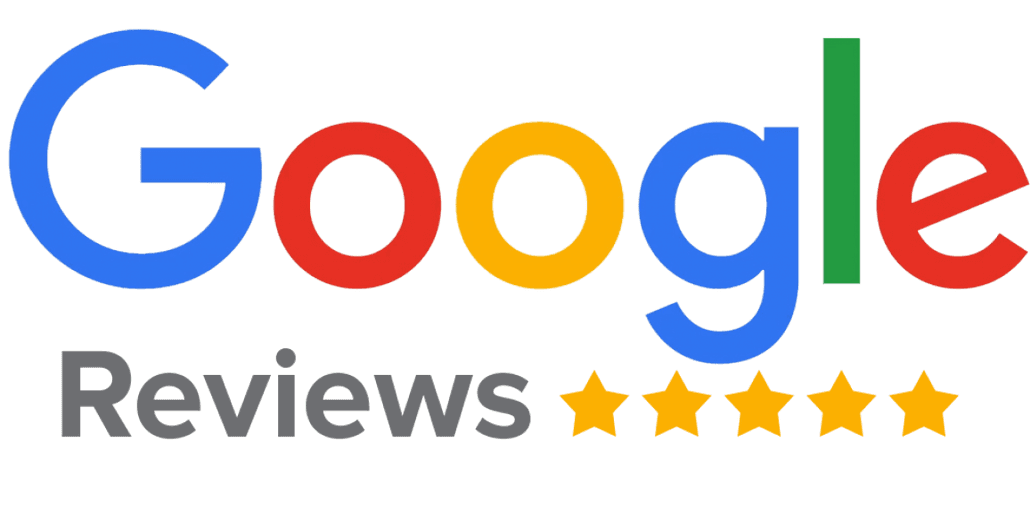Keywords, keywords, keywords. If you have dabbled in SEO for your business website and used Google Ads you are most likely sick of this term! Alas, keywords are highly important and there is no escaping them!
Below, we will discuss a particular type of keyword that is often overlooked when creating Google Ads – negative keywords. We explore what these are, how they can be beneficial, and a basic introduction to using them in your adverts.
What are Negative Keywords?
- Negative keywords are words and phrases that you DON’T want your ads to be displayed for. It is an effective method available in Google Ads to further control who sees your ads and to stop the wrong people from seeing them.
- You can eliminate entire sets of keywords from your ad campaigns to make sure your money is well spent. For example, you run a luxury holiday apartment rental company which offers high-end experiences and up-market accommodation.
- You could potentially use negative keywords so your ads are not shown to people who just want a cheap and cheerful holiday and would never entertain paying for the type of luxury experience you provide. Negative keywords could be “affordable”, “cheap”, and budget” for example.
Benefits of Using Negative Keywords in Google Ads
Ok so we have the basics and can identify a negative keyword, but why should you bother using them in your Google Ads campaigns? The following are the main benefits adwords negative keywords provide:
– Improving Ad relevance:
– Boosting conversion rates:
– Increasing CTR:
– Control your Google Ads spending better:
Firstly, they can make sure that your ads have more relevance to the people searching for them instead of gaining impressions from people who simply have no intention of ever buying your product or service.
This, in turn, should boost conversion rates and CTR (click through rates) and these are ultimately the results we want from our Google Ads. If you can eliminate the potential for customers finding your ads via irrelevant keywords then the people who do see your ads are targeted and far more likely to take action.
An example we have used before is luxury holiday apartment rentals. Let’s say you use the negative keyword “cheap holiday apartment rentals”. This means that people who just want an affordable holiday won’t see your adverts and you should get a higher percentage of people viewing them who actually want that luxury holiday experience.
Lastly, negative keywords help control your Google Ads spending. You can make sure that money isn’t wasted on impressions for search terms that simply won’t bring in any conversions or clicks and that your budget only goes towards positive keywords and SEO interactions.
An Introduction to Using Negative Keywords
A Google Ads marketing agency can help identify negative keywords and teach you how to use negative keywords but let’s start with some basics including the different types, and how to add one to your Google Ads account.
Negative Keyword Types
It’s vital that you know the three different types of negative keywords as they work differently and have a different outcome. These are:
1. Broad Match – These are negative keywords that enable you to stop ads appearing for searches containing every word but in ANY order. For example, the negative broad match keyword “winter outfit” would show ads for “warm winter clothing”, but not for “outfit for winter”.
2. Phrase Match – These are negative keywords that enable you to stop ads appearing for searches containing the exact phrase in the same order, but potentially with words before and after the keyword too. In the “winter outfit” example, “comfortable winter outfit” would not show ads, but “skiing outfits” would.
3. Exact Match – These are negative keywords that enable you to stop ads appearing for searches containing ONLY the exact matching phrase with no extra words before or after the keyword. In this instance, any other variation of “winter outfit” could still display your ad.
As you can see, the different negative keywords types can be incredibly useful and you can get pretty detailed with how you want them to work.
How to Add a Negative Keyword to your Google Ads Account
With the three main types described we can now look at how to add negative keywords in Google Ads. Before you do anything you must have a Google Ads account created (also remember that you can link Google Ads and Google Analytics for additional benefits and keyword insight).
1. Logon to your Google Ads account
2. Using the left-hand panel, expand the “keywords” tab
3. Underneath “keywords” click on “Negative Keywords”
4. Click on the blue circle with a white plus below the “Negative Keywords” heading
5. Enter the relevant keyword details
Once you have done this, the keyword could appear in the list below including where it was added too and its level. You can repeat this process as many times as you want to add more negative keywords to Google Ads.
Using Negative Keyword Lists
Negative keyword lists can also be beneficial for your Google Ads as you can then assign them to multiple ad campaigns without re-entering the information each time.
Google Ads allows you to create these negative keyword list and give them a name such as “competitor negative keywords”, or “generic negative keywords”. It allows you to structure your negative keywords, keep things organized, and just make your Google Ads workflow more efficient.
Use Negative Keywords as Part of Your Overall Google Ads Keyword Strategy
The primary focus should always be on normal short term and long tail keywords but you should also strive to create a diverse keyword strategy that utilizes negative keywords too.
Adwords negative keywords can improve the effectiveness of your ads and help control expenditure by eliminating funds wasted on impressions for the wrong key phrases.
They are also great for improving CTR and attracting the right type of customers to your website – customers who are more likely to make a purchase and have an interest in what you are offering.










